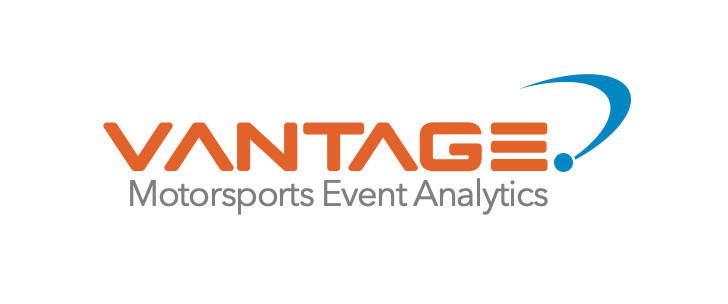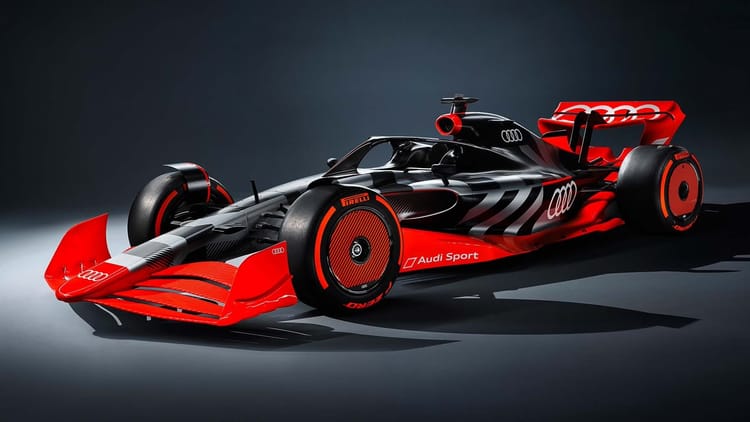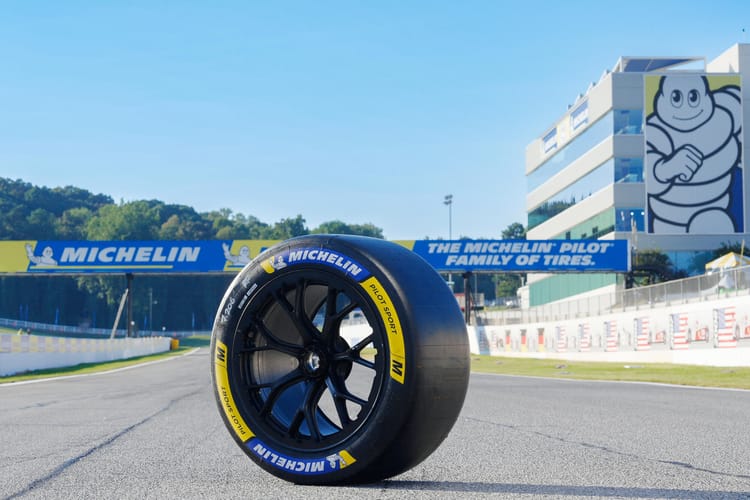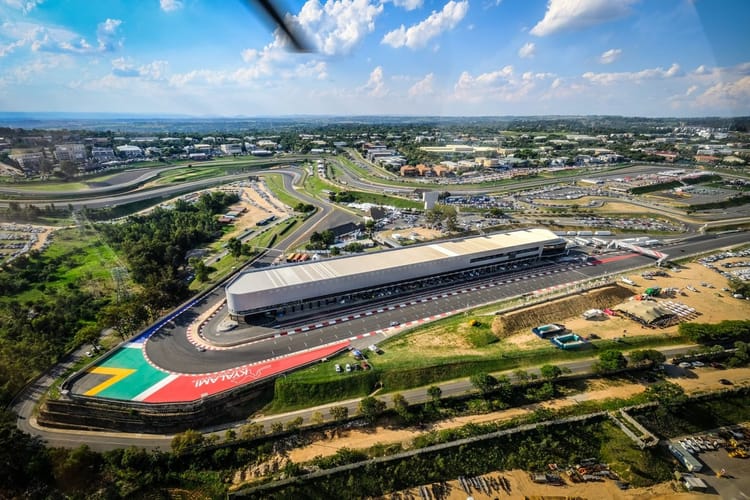WEC Season In Review: $450M Budget Surge Boosts 25% Cost Efficiency by 2027

The 2025 World Endurance Championship season showed big jumps in team spending, as Hypercar and LMGT3 groups dealt with more cars and tighter rules. This increase makes money problems worse in long races, where travel around the world and new tech put teams at risk if they don't adjust wisely. Data tools are important, as they break down how money is spent, how well things work, and how income connects to guide better plans. With this information, people involved can handle cost changes and use resources to keep races fair. This post looks at how higher budgets are changing how costs are managed in WEC. It then covers new ways to make money from the series' focus on working more efficiently.
How Does Budget Escalation Revolutionize Cost Management in WEC?
In 2025, the WEC had a larger lineup with 19 Hypercars and 18 LMGT3 cars, which made running things more complicated and pushed budgets up for all classes. This helped fix limits on how many could join but made the money differences bigger between teams with factory support and private ones. Data shows that rules for balancing performance, like using standard parts, help stop too much spending by not linking money directly to better results. The outcome is fairer competitions, where smaller teams can hold their own by using money smarter. Fans see this as a win for clever design over just having lots of cash.
This highlights the talk about adding cost limits instead of the Balance of Performance system, where teams get a fixed amount to spend each year for more freedom in building cars.
"A cost cap would allow manufacturers to spend up to a set amount annually on car and programme." (Only Endurance, July 2025)
Numbers suggest these limits could encourage new ideas while keeping things in check, maybe around 30-40 million euros based on expert talks. As a result, teams are turning to plans based on data to focus on the best ways to get returns from their research and development. This shift helps control the rising costs that come from more complex operations.
Data proves that shipping is a major reason for higher costs, with the schedule of eight races across the world raising transport fees, especially for trips between continents.
This addresses issues with scattered supplies but causes ups and downs in budgets from changing shipping rates. The fix comes from mixed approaches, like choosing sea freight over flying to save as much as 50% on some routes. Race leaders gain from having events in different places, which boosts interest while forcing better cost rules. In the end, the budget jump calls for complete handling that uses tools to predict and strengthen money plans.
The budget rise also deals with costs for extra parts, as teams reduce what they keep in stock by using items that work for multiple purposes while material prices go up. This tackles waste in rough races, which has always been a steady loss of money. Information from 2025 points to adjustments like choosing tires that last for more races, which ties to lower bills for fixes. Drivers benefit by focusing on careful racing to avoid damage, saving cash for essential tasks. The overall impact is a series that thinks more strategically, with efficiency deciding who wins.
This uncovers ways to make tires and fuel work better, where running longer under different conditions cuts down on what gets used.
Making no changes worse, teams without these adjustments face costs they can't sustain, as seen with fees driven by higher prices for parts.
"Additional marketing fees for the use of onboard cameras are now in place for the teams, and the costs associated with installing new 2025-spec equipment." (Racer, November 2024)
Sponsors get value from clear improvements in speed, matching their money to savings they can see. So, the pattern increases pressure right now but sets up methods for handling costs over time. Teams start seeing efficiency as a key part of staying competitive.
Data backs up changes in pit stops as good fixes, by timing work during safe periods to combine services. This manages the issues from long events like Le Mans, where poor planning raises spending. The results include more practice for crews, leading to 10-15% savings in operations based on tests. Across the series, it builds a focus on being precise, which draws in people who like technology.
The change in handling reduces differences between regions, making methods the same for tracks from Qatar to Bahrain. This deals with weather changes but increases costs for adjustments without shared plans. Estimates show 25% better efficiency by 2027 using combined data. Teams can apply this for changes suited to each place, improving performance without growing budgets too much.
This points to the strength of teaming up on research, sharing expenses under factory groups to lessen the load on single teams. Making isolation worse, private teams like Proton have trouble with expansions, showing the need for partnerships. Information from 2025 stresses how these changes make access fairer, setting WEC up for steady growth. People involved benefit from ways that can scale, ensuring the series lasts long.

What Revenue Models Emerge from WEC's Efficiency Drivers?
In 2025, WEC's focus on efficiency from budget pressures becomes the base for varied ways to earn money, moving away from just depending on old sponsors. This change raises concerns about steady income but opens new paths through partnerships tied to performance.
"The 2025 24 Hours of Le Mans attracted a record-breaking crowd of 332,000 enthusiastic spectators." (24h-lemans.com, June 2025)
These methods use the high visibility, combining data on efficiency with fan activities for top-level offers. For teams, this means lower risks with money, encouraging more spending on clean technology.
This shows how data can create cash, by selling facts on speed through licenses to related series like IMSA. For example, rules for handling tires from Le Mans can offer advice services to those watching their costs. Making traditional funding worse, series without these miss out on extra chances during market growth. Sponsors gain from starts linked to improvements, checking their money with facts on efficiency. So, WEC's method builds mixed incomes that blend money from events with ongoing ones.
Data confirms increases in crowds as a main push, with Spa bringing in record groups thanks to better racing.
"6 Hours of Spa-Francorchamps welcomed 98,874 fans in 2025." (Ideefixe, September 2025)
This addresses undervalued live events, where higher budgets open ways to sell more goods. Numbers predict growth that adds up, boosted by tickets online. Leaders earn by switching locations, spreading the money effects. The outcome is strong systems that handle changes in sponsors.
The rise of packages for shows helps offset revenue drops during off seasons by combining efficiency stories with broadcasts. This worsens issues with cycle-based cash but spreads out interactions throughout the year. Information from 2025 notes jumps in views, with Le Mans at the top of world numbers. Teams benefit from content that aligns with their brand, creating ad spots. Larger outcomes include spreading to other countries, going beyond local areas.
This points to partnerships as key helpers, with companies like Porsche moving to cheaper series for broader returns on money. Addressing doubts, proofs of efficiency support mixed models. Information from shifts in profits highlights ways things combine. For those involved, this means plans that work together to add more gains.
Data backs up aiming at different groups, with more young people coming in through green efficiencies.
"24 Hours of Le Mans achieved a global TV audience of 113 million viewers." (BlackBook Motorsport, November 2025)
This solves problems with the same old income, opening spaces for fun content. Outcomes include loyalty programs that use improvements to increase spending. Across the league, it prepares WEC for a variety of cash sources.
The addition of platforms that predict comes as a forward step, increasing revenue through bets on efficiency. This handles barriers to entry, worsening limits on physical presence. Numbers forecast a 25% increase through working together. Brands use shared information, reducing costs.
So What?
For motorsports stakeholders, including teams, sponsors, and organizers, WEC's 2025 budget escalation signals a key shift with LMGT3 costs exceeding $5 million per car, Hypercar programs around 30-40 million euros under proposed caps, Le Mans attendance at 332,000, Spa drawing 98,874 fans, and global Le Mans viewership hitting 113 million. These numbers show benefits like stronger competitions and bigger fan bases, allowing plans to handle the rises. Custom strategies include using data for tire choices to save 15-20%, shifting to efficient pit stops, and applying predictions for shipping to lower transport fees. Teams can adjust budgets through shared research, sponsors can use higher interactions for their launches, and organizers can tailor events with crowd data to increase sales of goods. These methods affect returns by keeping spending steady against price increases, forecasting 25% efficiency gains by 2027 with combined approaches, ultimately giving strong positions in areas focused on costs.
Ultimately, subscribing to Vantage Motorsports Event Analytics' free newsletter delivers ongoing, evidence-based guidance to navigate these dynamics, empowering proactive enhancements in cost management to gain a competitive advantage in the sector.
#ProveYourVantage
Sources
- Analysis: Should WEC replace BoP with a cost cap?, Only Endurance, July 2025, https://www.onlyendurance.com/wec-balance-of-performance-replace-cost-cap-analysis/
- WEC LMGT3 set for significant makeover in 2025, Racer, November 2024, https://racer.com/2024/11/20/wec-lmgt3-set-for-significant-makeover-in-2025
- The True Cost of Racing: A Comprehensive Breakdown of a Hypothetical LMGT3 Seasonal Budget, Vaucher Analytics, November 2024, https://www.vaucheranalytics.com/insights/the-true-cost-of-racing-a-comprehensive-breakdown-of-a-hypothetical-gt3-seasonal-budget
- Proton admits it can’t fund two-car Porsche Hypercar entry in WEC 2026, Yahoo Sports, November 2025, https://sports.yahoo.com/article/proton-admits-t-fund-two-164823496.html
- 2025 24 Hours of Le Mans – Presentation of the Hypercar category, 24h-lemans.com, June 2025, https://www.24h-lemans.com/en/news/2025-24-hours-of-le-mans-presentation-of-the-hypercar-category-59646
- WEC is having a moment, Ideefixe, September 2025, https://ideefixe.co/p/wec-is-having-a-moment
- 24 Hours of Le Mans delivers 113m global TV viewers, BlackBook Motorsport, November 2025, https://www.blackbookmotorsport.com/news/24-hours-of-le-mans-global-tv-audience/
- 24 Hours of Le Mans – this year’s facts and figures, 24h-lemans.com, June 2025, https://www.24h-lemans.com/en/news/24-hours-of-le-mans-this-year-s-facts-and-figures-59794
Vantage. Motorsports Event Analytics levels the track for high-potential U.S. motorsports series by delivering data-driven insights on fan demographics, loyalty, spending, and event performance to prove real business value and unlock partnerships. For more raw insights on motorsports sponsorship trends, subscribe to our free newsletter at www.vantagepointmea.com. Unlock the data that drives wins.





